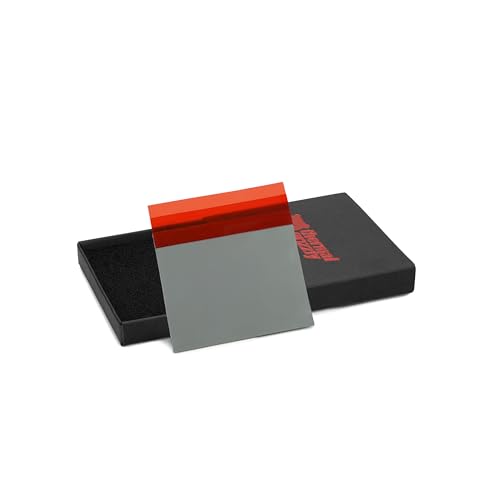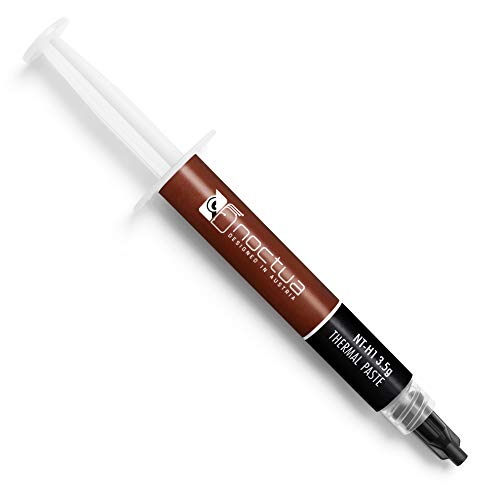Understanding Thermal Pads: What They Are and How They Work
What Are Thermal Pads?
Thermal pads are a critical component used in electronic devices to assist in heat management. They are typically made from silicone or other thermally conductive materials and are designed to fill in microscopic air gaps between heat-generating components, such as CPUs and GPUs, and their heatsinks. By doing this, they enhance the heat transfer efficiency, ensuring that devices can operate at optimal temperatures without overheating.
How Do They Function?
The way thermal pads work is quite straightforward yet essential for maintaining your device’s performance. When a component generates heat, it needs a medium to transfer that heat away effectively. Thermal pads act as this medium, conducting heat away from sensitive components and dissipating it through the heatsinks. Their soft and malleable nature allows them to conform to the uneven surfaces of the components they cover, maximizing contact and enhancing heat transfer efficiency.
Choosing the Right Thermal Pad for Your Device: Factors to Consider
Material Composition
When selecting a thermal pad, it is essential to consider the material from which it is made. Common options include silicone-based pads, graphite pads, and metal-based pads. Silicone pads are versatile and work great for most applications, while graphite pads can handle higher temperatures and provide superior heat conduction. For high-performance applications, metal-based pads might be the best choice, though they can be more expensive.
Thickness and Density
The thickness of the thermal pad is another critical factor. A thicker pad may fill larger surface gaps, but if it’s too thick, it can prevent proper contact between the heat spreader and heatsink, leading to inefficient heat transfer. We recommend a thickness typically between 0.5 to 2 mm, depending on your device’s specific needs. Density also plays a role; a denser pad generally offers better thermal conductivity but must also fit comfortably between components.
Thermal Conductivity Rating
Thermal conductivity is measured in watts per metre-kelvin (W/m·K). Higher numbers indicate better heat dissipation capabilities. For optimal performance, look for thermal pads with a rating of at least 3-5 W/m·K for standard applications, while high-performance systems may require pads rated higher than 7 W/m·K. The right conductivity ensures heat is efficiently pulled away from crucial parts.
Top Thermal Pad Recommendations for Optimal Heat Dissipation
Top Performer: Arctic Thermal Pads
Arctic thermal pads are known for their impressive thermal conductivity and flexibility. They come in various thicknesses, making them suitable for a range of applications from CPUs to graphics cards. Their silicone-based composition provides an excellent balance of performance and price, making them a top choice.
Budget Friendly Option: Thermal Grizzly Minus Pad
For those on a budget, the Thermal Grizzly Minus pads offer great performance without breaking the bank. They are available in multiple thicknesses and offer good thermal conductivity, allowing for effective heat management in everyday computing tasks.
High Performance Choice: Cooler Master Thermal Compound Pad
Cooling enthusiasts often turn to the Cooler Master brand for high-performance solutions. Their thermal pads feature exceptional thermal conductivity and are designed specifically for gaming and overclocking scenarios, ensuring your device stays cool under pressure.
How to Apply Thermal Pads: A Step-by-Step Guide
Preparation Before Application
Before applying a thermal pad, ensure you have a clean and static-free workspace. Begin by cleaning the surfaces of your device’s heat-producing components and the heatsink using isopropyl alcohol to remove any old thermal paste or residues. This step is crucial, as any debris can hinder the pad’s effectiveness.
Cutting to Size
If your thermal pad isn’t pre-cut to the correct dimensions, measure and cut it to fit the area of contact precisely. It’s best to ensure it slightly exceeds the size of the component in contact, but not so much that it spills over and creates a mess.
Applying the Thermal Pad
To apply the thermal pad, simply peel off the protective backing on one side and place it directly onto the cleaned surface of your component. Gently press down to ensure good contact. Next, remove the other backing, align the heatsink, and press it down firmly to secure the pad in place. Allow it to set for a few moments before reassembling your device.
Maintaining Your Thermal Pads: Tips for Longevity and Performance
Regular Monitoring of Temperature
To ensure your thermal pads are functioning effectively, keep an eye on your device’s temperature. By monitoring the temperature during regular use, you can determine whether it’s time to replace the thermal pads.
Inspection During Upgrades
Every time you upgrade components or perform maintenance on your device, check the thermal pads for wear. Pads can degrade over time due to heat exposure, so it’s wise to replace them during any significant upgrade to maintain optimal performance.
Avoid Mechanical Pressure
Avoid adding excessive pressure on the thermal pads when the device is in use. Components should not be excessively tightened, as this can compress the pads too tightly and reduce their efficiency in heat conduction. Ensuring a proper fit can help maintain their function over time.






























